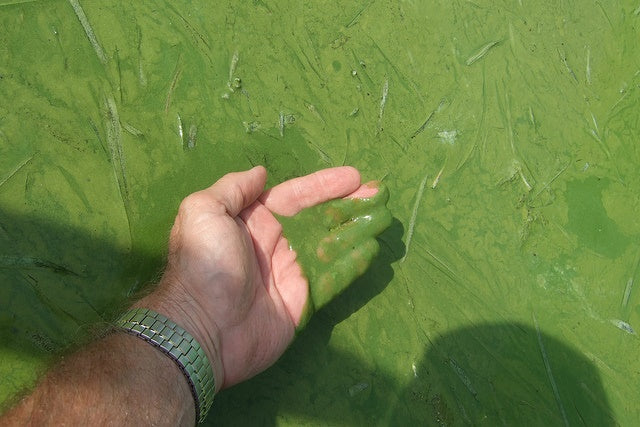
Detecting Toxic Algae Blooms: There's gonna be an app for that!
By Dan DeBaunShare
Microalgae are tiny single-celled plants known phytoplankton that can be both a boon and a bane. They form the base of marine and freshwater food chains, providing an essential food source for fish and other freshwater and marine species. Additionally, they absorb roughly half of all carbon dioxide released on Earth through the process of photosynthesis.
However, some species (e.g. cyanobacteria) produce phyto-toxins that can be harmful to fish and wildlife, as well as humans and domestic animals. When conditions are right, phytoplankton can flourish, resulting in a population explosion -- or algal bloom -- which can extend over vast areas, as is common in Lake Erie, where a 2014 outbreak resulted in a drinking water ban in Toledo, Ohio, which affected close to half a million residents.
Update 7/15/2019 - The Berkey filters do remove Microcystin and Cyanotoxins from the water. For information on how the Berkey water filter performs removing this algae, please see Berkey Algae Bloom and Microcystin Removal Testing Results found here.
Now, the US Environmental Protection Agency (EPA) with financial assistance from NASA are developing a cellphone app that will allow them to track harmful algae species that pose a threat to the nation's drinking water supplies. This will not only have health benefits, but economic benefits too. Freshwater contamination by harmful algae results in an economic cost/loss of around 64 million US dollars annually.
The EPA, NASA, National Oceanic and Atmospheric Administration (NOAA) and the US Geological Survey (USGS) have put their heads together to come up with a solution. NASA has been using Earth observing satellites to detect and monitor algal blooms in coastal zones for some time now, but have now adapted this to enable them to monitor water quality of freshwater systems too. Soon water quality managers will be able to determine the quality of the water simply by looking at their cellphones.
The research team, comprised of scientists from all four agencies, are currently collaborating on a joint project that will enable them to transform satellite data into an indicator that can be used to detect cyanobacteria blooms in freshwater systems that supply us with water. The EPA plan to integrate this data into an Android smart phone app that will allow water managers and environmental officers to determine the water quality of a specific waterbody at a glance.
"With our app, you can view water quality on the scale of the US, and zoom in to get near-real-time data for a local lake," explains the EPA's Blake Schaeffer, Principal Investigator for the project. "When we start pushing this data to smartphone apps, we will have achieved something that's never been done – provide water quality satellite data like weather data. People will be able to check the amount of 'algae bloom' like they would check the temperature."
How Does the App Work?
Harmful cyanobacteria species emit chlorophyll and fluorescent light during their life cycle. These 'ocean color' signals can be detected by satellite systems, such as NASA's Moderate Resolution Imaging Spectroradiometer (MODIS), Landsat, and the European Space Agency's Sentinel-2 and Sentinel-3, revealing both the location of the cyanobacteria and their abundance. The researchers will gather this data for freshwater systems and convert it into a format that is readily accessible via the cellphone app or web portals.
By enabling water managers at treatment facilities to have an early warning system alerting them to developing harmful blooms that threaten water quality, they will be in a better position to take the necessary steps to prevent contamination by upping water treatment dosages where necessary to keep residents safe, while at the same time avoiding unnecessary over treatment, that can be costly. This information will give park managers early warning to potential health risks, and assist them to take action to keep recreational users of water bodies, such as swimmers and kyakers, safe.
NASA's Administrator Charles Bolden says: “We’re excited to be putting NASA’s expertise in space and scientific exploration to work protecting public health and safety."
It is anticipated that this project will also help scientists to gain a better understanding of why harmful algal blooms occur -- what are the environmental triggers that fuel their growth. By comparing algal outbreak color data with data on land cover change, they hope to get a clearer picture of what environmental factors spur these blooms. The end result will be: improved forecasts of algal bloom events, together with a clearer understanding of when an algal bloom is likely to be harmful or harmless.
-
Regular price From $302.00 USDRegular priceUnit price / per
-
Regular price $234.00 USDRegular priceUnit price / per
-
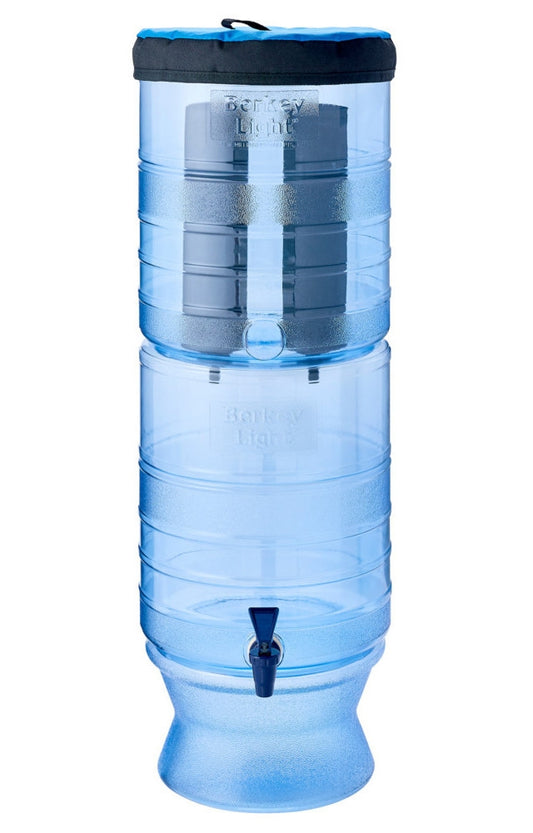
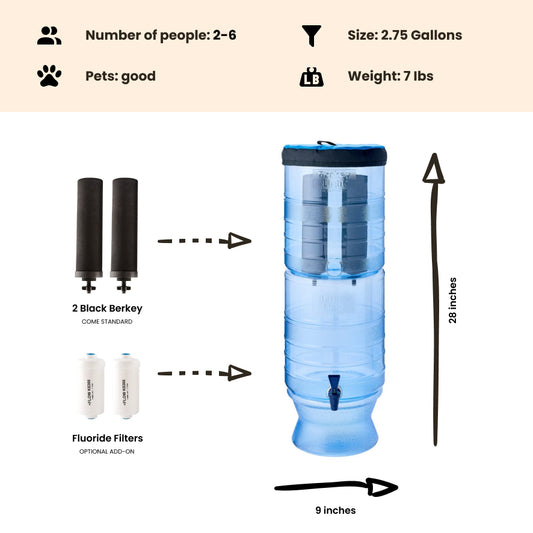 Sold outRegular price From $305.00 USDRegular priceUnit price / per
Sold outRegular price From $305.00 USDRegular priceUnit price / per -
Regular price $327.00 USDRegular priceUnit price / per
-
Regular price From $408.00 USDRegular priceUnit price / per
-
Regular price From $451.00 USDRegular priceUnit price / per
-
Regular price From $478.00 USDRegular priceUnit price / per

Dan DeBaun
Dan DeBaun is the owner and operator of Big Berkey Water Filters. Prior to Berkey, Dan was an asset manager for a major telecommunications company. He graduated from Rutgers with an undergraduate degree in industrial engineering, followed by an MBA in finance from Rutgers as well. Dan enjoys biohacking, exercising, meditation, beach life, and spending time with family and friends.
~ The Owner of Big Berkey Water Filters



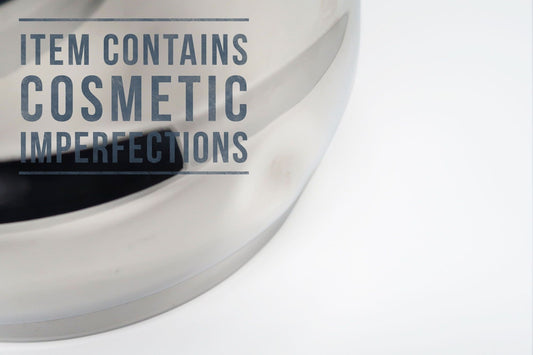






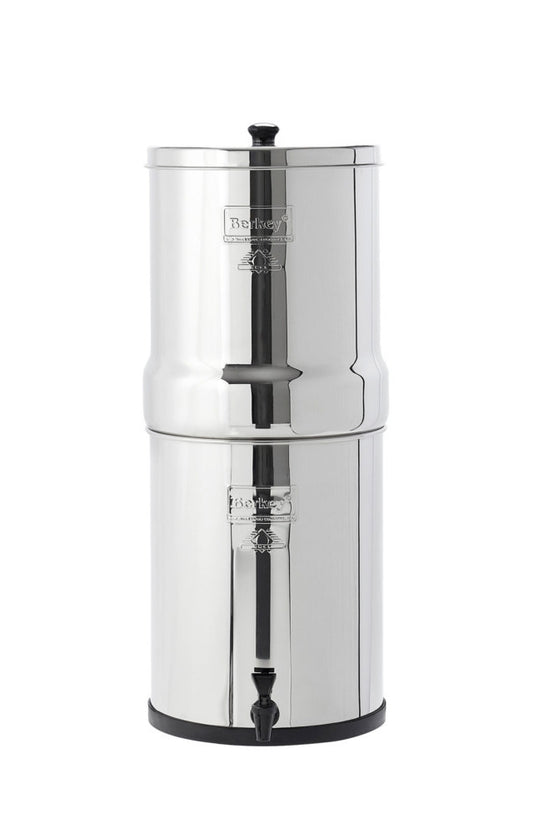
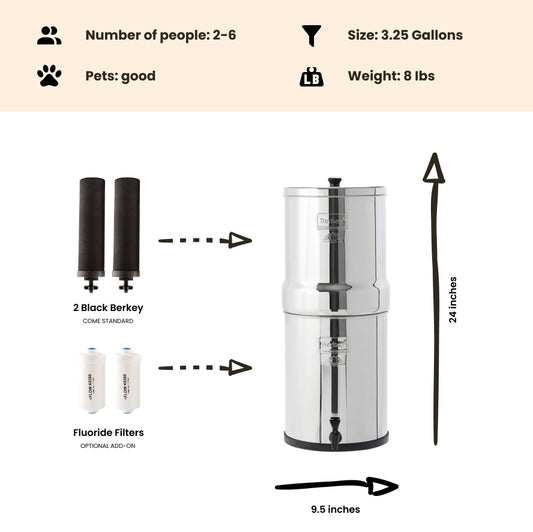





The city of Toledo currently uses chloramines to treat our drinking water. If high levels of chloramines are needed to treat increasing levels of microcystins, will big Bertha filter out THM's caused by this treatment. Please advise.
Hi Rocky -
Yes, the Berkey filters removes chloramines and THM's from the water.
Thanks
Dan